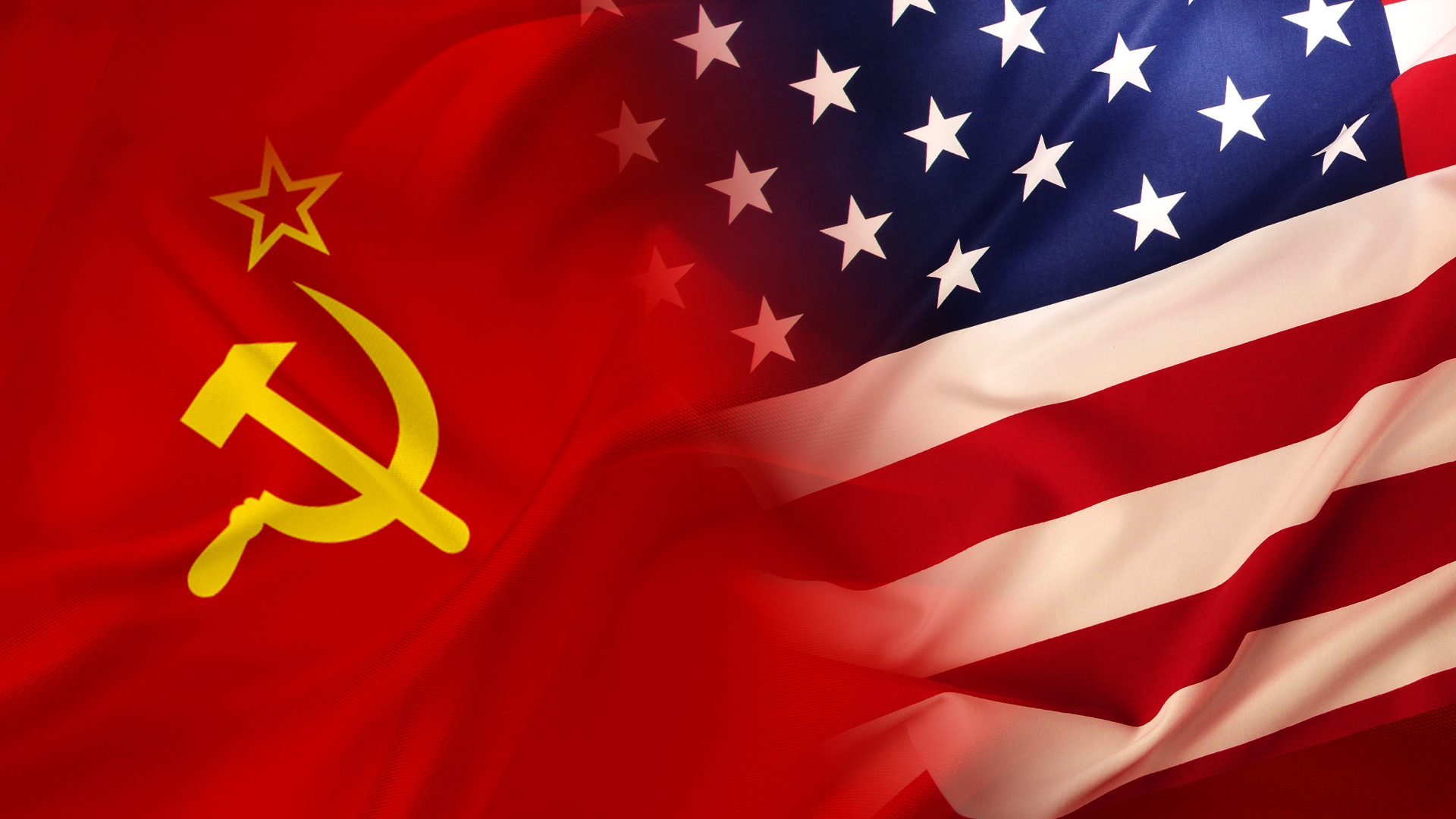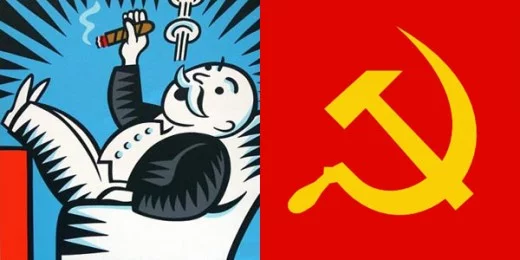9.1 Context of the Cold War and Contemporary Europe
3 min read•june 18, 2024
Sharii Liang
Isabela Padilha
AP European History 🇪🇺
335 resourcesSee Units
The End of WWII
The only two survivors standing were the United States and the Soviet Union. These two nations had actually flourished into global superpowers due to the war, but their conflicting ideologies would bring about a war that would last almost half a century.
WWII decimated the economy and political institutions of most of the world. Axis and Allied powers alike were in ruins. Their populations were ruined due to total war and the amount of young men who had died. Billions of dollars had been spent on the war effort, and governments struggled to restore their respective countries.

After World War II, there was a conflict of ideologies across the globe. Plagued by conflict, the beginning of the 20th Century created a feeling of uncertainty after massive losses and continuous fear of conflict. These strong feelings of the population in relation to recent political events led to an attachment to two separate ideologies that also divded the world in half: those in support of capitalist democracy and those in support of communist ideology.
The "Cold war," although it was not characterized by a specific physical conflict, was marked by proxy wars and increased military tensions. The Soviet Union and the United States engaged in a nuclear war race, which has implication until today, as these nations still account for the majority of the ownership of nuclear weapons/technology across the globe.
Rising Discourse
The economic effects of war became a source of tension between the two global superpowers. As European countries struggled to deal with the aftermath of WWII, internal and external conflicts were exacerbated. Post-war nationalist and separatist movements would lead to many atrocities within various nations, and a battle between political ideologies would be highlighted for all to see.

Societal Responses
The experience of war would bring about a general sense of anxiety in all aspects of life. Various intellectual and artistic movements would address these feelings in all types of styles. Even more notably would be the decline of religion, an aspect that once held great value in European society.
Everyday life was also affected by the total war of WWI & WWII. Populations were stunted, economies grew and collapsed, traditional ways of life disappeared, and different ideologies affected how the people lived their lives. As a result, new groups of people would rise amidst the political, intellectual, and social mess of the time.
Important figures of the Cold War
Some of the most notable figures of the Cold war include:
- Joseph Stalin - He was the leader of the Soviet Union in the early years of the cold war. Stalin adopted policies that contributed to assiver industrialization and technological advancements in the country. But, he was also repsonsible for implemented policies that led to the rise of famine and poverty in the Soviet Union.
- Harry S. Truman - President Truman was actively engaged in the fight against communism. The Truman Doctrine furthered tensions between the East and the West by providing military and economic assistance to nations swept by communism.
- Nikita Khrushchev - Leader of the Soviet Union from 1953 - 1964. Although he somewhat improved the Soviet Union's relation with the West, he also brought forward divise policies, such as the construction of the Berlin wall. 🧱
Browse Study Guides By Unit
🎨Unit 1 – Renaissance & Exploration
⛪️Unit 2 – Reformation
👑Unit 3 – Absolutism & Constitutionalism
🤔Unit 4 – Scientific, Philosophical, & Political Developments
🥖Unit 5 – Conflict, Crisis, & Reaction in the Late 18th Century
🚂Unit 6 – Industrialization & Its Effects
✊Unit 7 – 19th Century Perspectives & Political Developments
💣Unit 8 – 20th Century Global Conflicts
🥶Unit 9 – Cold War & Contemporary Europe
📚Study Tools
🤔Exam Skills
👉Subject Guides

Fiveable
Resources
© 2025 Fiveable Inc. All rights reserved.